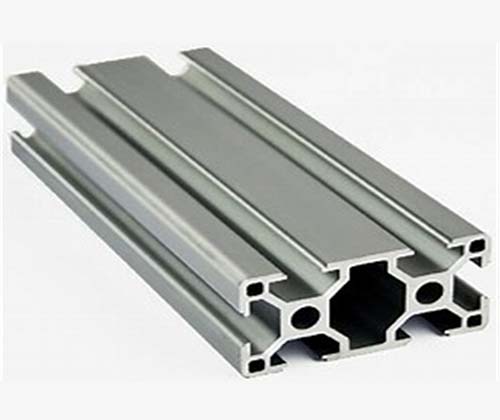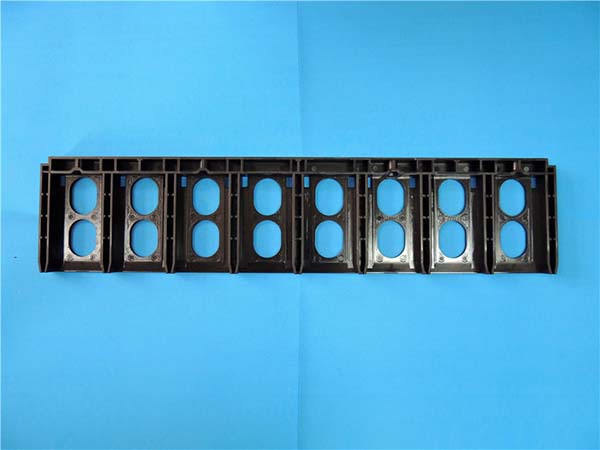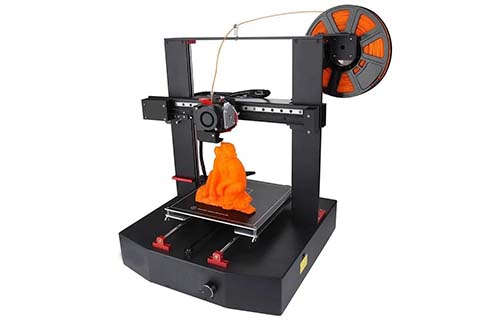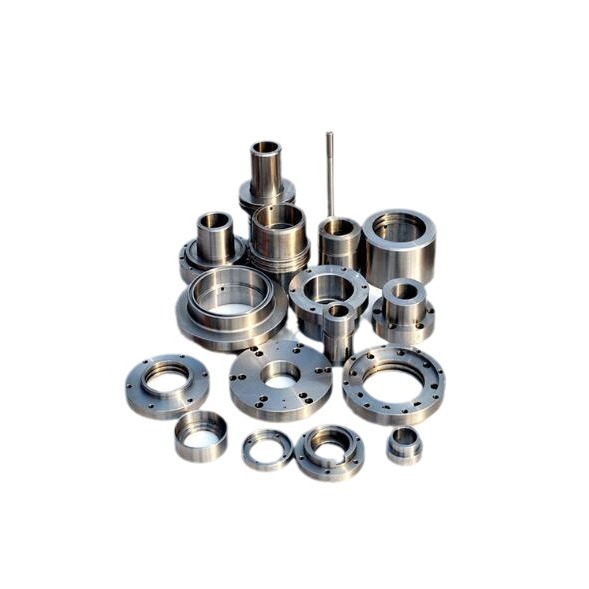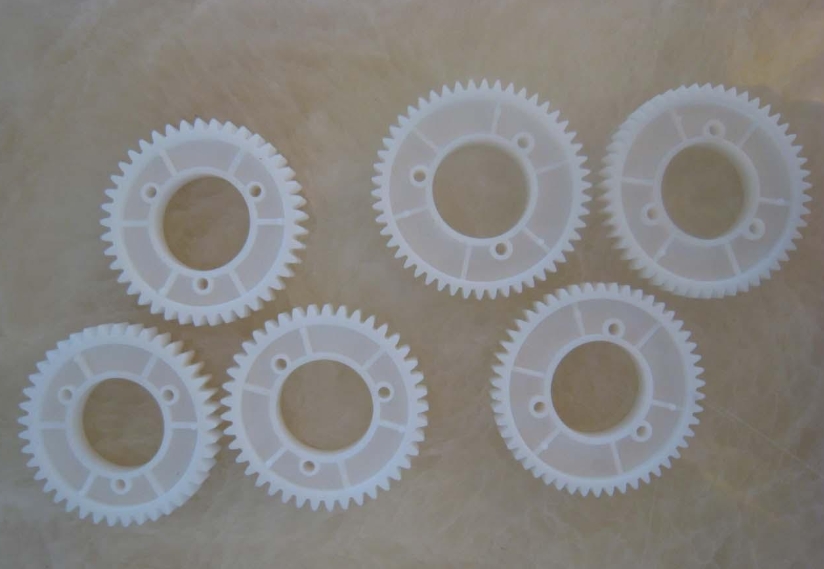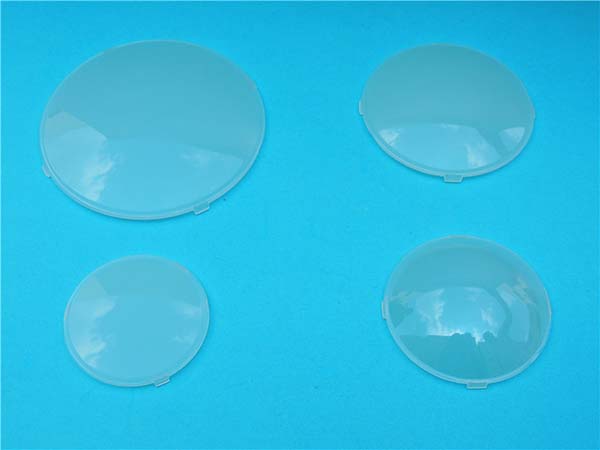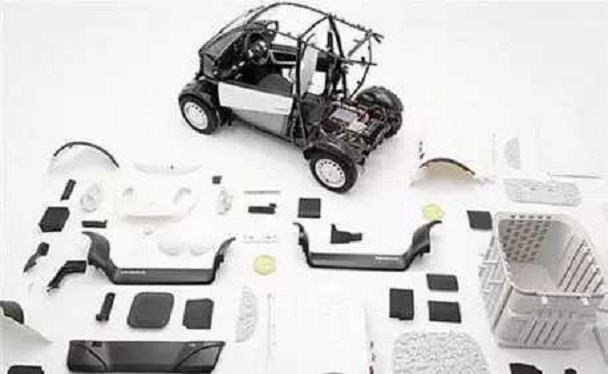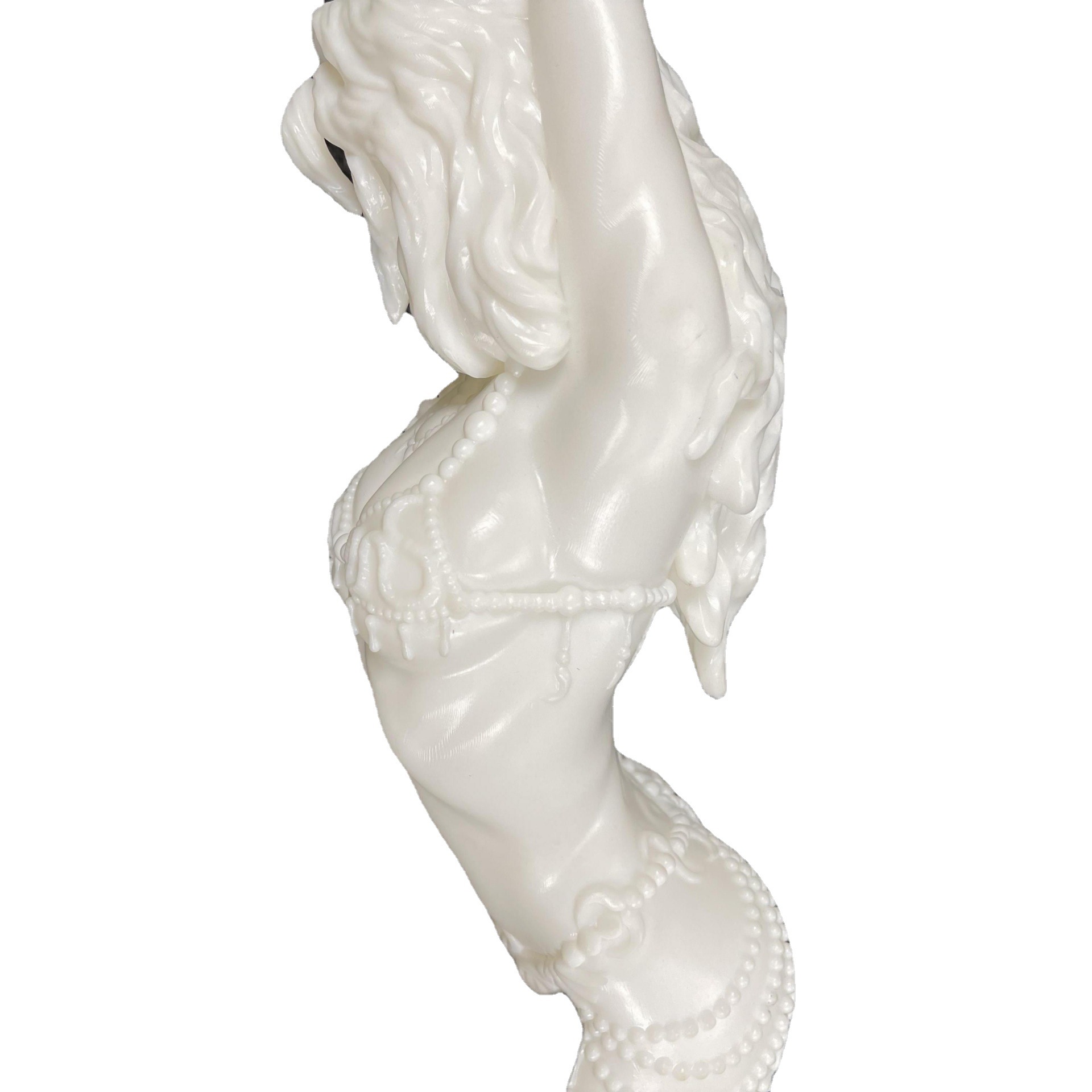What is Multi Material Additive Manufacturing?
Multi Material Additive Manufacturing, often abbreviated as MMAM, is an advanced form of 3D printing that allows for the simultaneous use of multiple materials during the manufacturing process. While traditional additive manufacturing typically involves the use of a single material to build an object layer by layer, MMAM takes it a step further by enabling the combination of different materials with varying properties within a single print.
For instance, in a single 3D - printed part, one section could be made of a rigid plastic for structural integrity, while another section is made of a flexible material for flexibility or shock absorption. This is achieved through specialized 3D printers equipped with multiple extruders or powder dispensers, each handling a different material. The printer's software precisely controls when and where each material is deposited, following a digital model.
Compared to traditional additive manufacturing, MMAM offers enhanced functionality. Traditional 3D printing is great for creating prototypes or parts from a single material, but it has limitations when complex functionality is required. For example, if you want to create a product that has both electrically conductive and insulating parts using traditional single - material 3D printing, you would need to assemble multiple printed parts later. In contrast, MMAM can create such a product in one go, reducing assembly time and potentially improving the overall performance due to better integration of different material properties.
Applications of Multi Material Additive Manufacturing
Multi Material Additive Manufacturing has found its way into various industries, revolutionizing the manufacturing process and enabling the creation of products with enhanced functionality.
1. Aerospace
In the aerospace industry, the demand for lightweight yet high - strength components is crucial. MMAM allows for the production of parts that can withstand extreme conditions. For example, engine components can be manufactured with a combination of heat - resistant metals for the parts exposed to high temperatures and lightweight composites for the structural parts. This not only reduces the overall weight of the engine but also improves its fuel efficiency. A study by NASA showed that by using multi - material 3D printing for certain satellite components, the weight was reduced by up to 30%, while maintaining the same level of structural integrity. This weight reduction leads to significant cost savings in terms of fuel consumption during launch and operation.
2. Biomedical
The biomedical field has seen remarkable advancements with MMAM. Custom - made medical implants are now possible. For instance, a hip implant can be designed with a biocompatible metal for the load - bearing parts, which provides strength and durability, and a porous polymer material for the part that interfaces with the bone tissue. The porous polymer promotes bone ingrowth, enhancing the implant's stability in the body. According to a report, the success rate of such multi - material hip implants is 15% higher than traditional single - material implants in the first five years after implantation, as the better integration with the bone reduces the risk of implant loosening.
3. Automotive
Automotive manufacturers are also leveraging MMAM to improve vehicle performance. Brake components can be made with a combination of materials. The friction - facing part can be made of a high - friction material to ensure effective braking, while the backing part is made of a lightweight but strong metal alloy to reduce the unsprung weight of the vehicle. This results in better handling and fuel economy. A case study on a high - performance car model found that by using multi - material additive manufacturing for brake components, the braking distance was reduced by 5% and the fuel efficiency improved by 3% due to the reduced weight and enhanced braking performance.
Yigu Technology's View
As a non - standard plastic metal products custom Supplier, Yigu Technology recognizes the immense potential of Multi Material Additive Manufacturing. In our business, we see great prospects for MMAM to enhance the functionality of our custom - made products. For example, when creating plastic - metal composite parts, MMAM could enable us to directly print components with precise material combinations. This would eliminate the need for multiple assembly steps that are often required in traditional manufacturing methods. It not only reduces production time but also improves the overall quality and performance of the final product. With MMAM, we could offer more innovative solutions to our clients, meeting their specific requirements for product functionality and design more effectively. We are looking forward to exploring more applications of this technology in our future projects to bring more value to our customers.
FAQ
1. What types of materials can be used in multi material additive manufacturing?
Commonly used materials in multi material additive manufacturing include plastics like PLA (Polylactic Acid), ABS (Acrylonitrile Butadiene Styrene), and PETG (Polyethylene Terephthalate Glycol-modified). Metals such as titanium, aluminum, and stainless - steel are also utilized. Additionally, elastomers for flexible parts, ceramics for high - temperature - resistant components, and even some composite materials combining different properties can be employed. For example, in a 3D - printed tool, a metal core for strength can be combined with a plastic outer layer for better grip.
2. Is multi material additive manufacturing suitable for large - scale production?
Currently, multi material additive manufacturing is more suitable for small - to medium - scale production rather than large - scale production. The main reasons are as follows. First, the printing speed of multi material 3D printers is relatively slow compared to traditional mass - production methods like injection molding or stamping. Second, the cost of multi material 3D printers and the materials they use is often high. However, as technology advances, improvements in speed and cost - effectiveness may make it more viable for larger - scale production in the future. For instance, a small - batch production of customized medical devices can benefit from multi material additive manufacturing, but producing millions of the same consumer products may still be more efficiently done through traditional manufacturing.
3. How accurate is the final product in multi material additive manufacturing?
The accuracy of the final product in multi material additive manufacturing can vary. In general, the dimensional accuracy can range from ±0.1 mm to ±0.5 mm depending on the printer and materials used. Factors affecting accuracy include the precision of the printer's movement system, the consistency of material deposition, and post - processing steps. High - end industrial multi material 3D printers can achieve better accuracy. For example, in aerospace applications, where high precision is crucial, the printers are calibrated to ensure that the printed parts meet tight tolerances. However, in some consumer - grade multi material 3D printers, the accuracy may be lower, which is more suitable for less demanding applications like creating prototypes or hobbyist projects.
